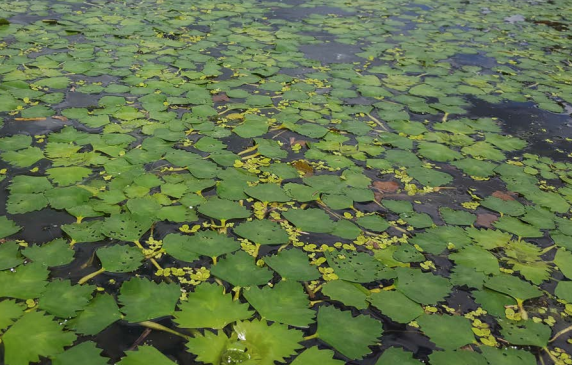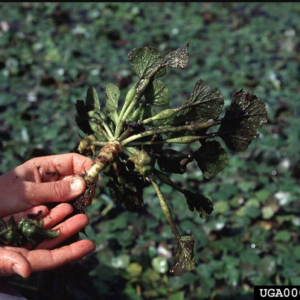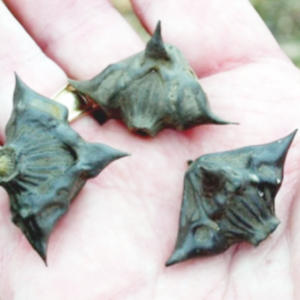

#waterqualityupdates #waterchestnut #invasivespecies
What you need to know about Water Chestnut:
*In NY, Water Chestnut is an annual. It does not propagate from fragmentation and can have up to 3 stands in NY
*1 Seed Pod can produce up to 144 plants and stays viable for up to 10 years and even if dislodged and floating can still repropagate.
*Management techniques vary by waterbody but harvesting this Annual Plant by hand pulling or mechanically the rosette before they produce their seed, mitigates several next generations and will open up waterways for other native vegetation to return creating habitat and flow for better water quality
Currently, New York State Parks Recreation & Historic Preservation & Finger Lakes Partners of Regional Invasive Species Management are partnering with the District to address several areas that cannot be managed by mechanical harvesting in Wayne County to hand-pull under NYSDEC permits. It will take years of management to address some of the seedbeds in Wayne County. Some of the oldest “seedbeds” of water chestnut include East Bay, South of Sodus Bay Bridge, and Second Creek. Thank you to SOS and SBIA for continued efforts in addressing stands on Second Creek, the inlet at the end of Grieg Street in Sodus Point, and Clark Creek. Without partnership, management would not be possible.



